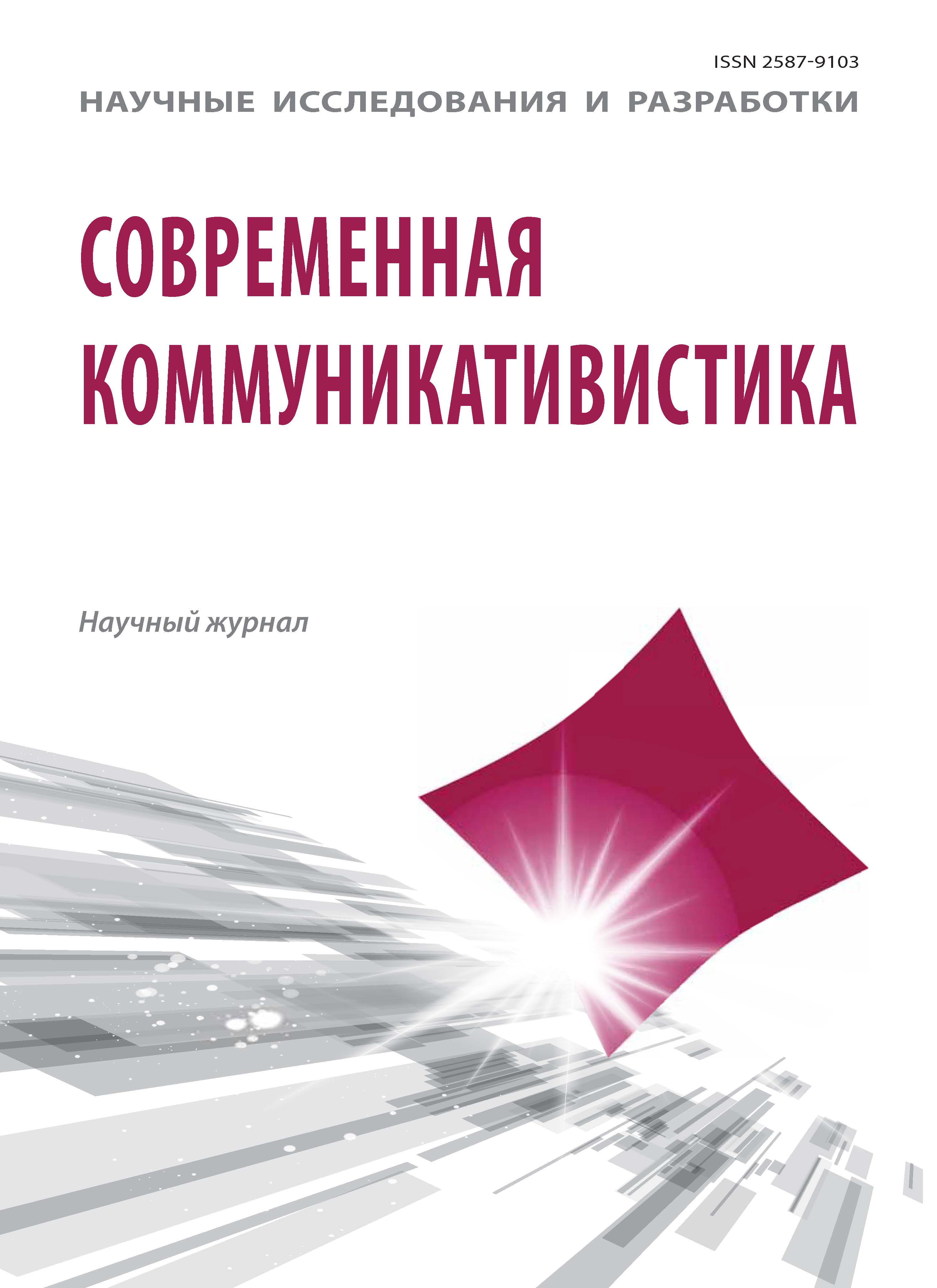Проблема межкультурной коммуникации является одним из важнейших вопросов современности. Авторы отмечают постоянство межкультурных связей и интеракций. Однако главное внимание уделяется тому факту, что в историческом смысле для межкультурного взаимодействия всегда была характерна определенная асимметрия. Эта асимметрия в полной мере проявляет свой масштаб при рассмотрении цивилизационных отличий, свойственных той или иной общности. Аргументировано положение, согласно которому для подлинного культурного развития должен быть изменен баланс указанной асимметрии. В этом, по мысли авторов, и состоит реализация идеи равенства в поле межкультурной коммуникации. Данная работа не представляет собой теоретическую платформу, позволяющую немедленно произвести некий сдвиг в пользу того или иного актора, изменив общий баланс в определенном направлении. Скорее, она призвана привлечь внимание научного сообщества к тому факту, что различия культур во всем мире по сей день достигают равновесия за счет попыток сведения их к универсализму. Последний, как известно, при обсуждении темы межкультурной коммуникации традиционно выводится за скобки, поскольку его социокультурные последствия слишком хорошо известны. Так как общественные изменения, несмотря на любые благопожелания, неизбежны, авторы фокусируются на изложении некоторых основных идей, которым, по их мысли, стоит следовать, чтобы изменить текущую ситуацию в межкультурной коммуникации.
межкультурная коммуникация, культурный империализм, культурный обмен, культурное доминирование, независимая коммуникация.
Philosophers have often posed the question how inter cultural communication took place and whether it was possible at all. It seems that the latter question has in a way become redundant, for cultural communication happens, one way or another. Linguistic studies have long shown that cultural exchange bears mutual incomprehension to a certain point, since different languages are not translatable “one for one” (the so-called indeterminacy of translation) [2; 3; 12; 13]. But no matter how impoverished, no matter how (not) satisfied are all the parties involved in exchange, inter cultural exchange indeed takes place. If one approaches the issue of inter cultural communication in principle, it can be observed that inter cultural communication is primarily an issue of linguistic exchange. Naturally, every language constitutes a world unto itself: all what can be said in one language is at the same time all what can be said whatsoever. Therefore, on the level of logic, inter cultural exchange primarily refers to the compatibility (or incompatibility) of different world possibilities. The connectivity of possible worlds becomes real only if the entire sphere of life joins the linguistic sphere. Even if one agrees with Derrida that every relation is only a relation of signs, the fact remains that, although the acts of sign exchange can be symbolized, there remains something more except the purely linguistic exchange. This “more” is life itself and its authenticity [7; 8]. That, in turn, means that the gap of imperfect linguistic compatibility is bridged by and in reality — reality, wherefor almost no one today can say what it is, at least not in the registry of founding knowledge speech.
1. Assange J., Appelbaum J., Mueller-Maguhn A., Zimmermann, J. Cypherpunks. Freedom and the Future of the Internet. New York/ London, OR Books, 2012. 192 p. Available at: http://resistir.info/livros/assange_livro.pdf (accessed 18 May 2016).
2. Barthes R. Elements of Semiology. New York, Hill and Wang, 1968. 111 p.
3. Barthes R. The Pleasure of the Text. New York, Hill and Wang, 1975. 40 p.
4. Baudrillard J. L´autre par lui-même. Habilitation. Paris, Galilée 1987. 92 p. (Serb. ed.: Baudrillar J. Drugo od isstoga [Otherness of The Same], Belgrade, Lapis. 76 p.).
5. Chomsky N. Year 501: The Conquest Continues. Boston, South End Press. 1993. 331 p.
6. Derrida J. Of Grammatology. New York, John Hopkins University Press. 2016. 560 p.
7. Dilthey W. The Formation of the Historical World in the Human Sciences (Selected Works, Vol. III). Princeton, Princeton University Press. 2010. 416 p.
8. Heidegger M. Being and Time. Albany, Sunny Press. 1996. 487 p.
9. Huntington S. P. The Clash of Civilizations and The Remaking of World Order. New York, Simon and Schuster. 2003. 367 p.
10. Kuhn Th. The Structure of Scientific Revolutions. Chicago, University of Chicago Press. 1996. 212 p.
11. Marcuse H. Kultur und Gesellschaft. Frankfurt am Main, Suhrkamp. 1968. 183 p. (Serb. ed.: Marcuse H. Kultura y drushtvo [Culture and Society]. Belgrade, BIGZ. 1977. 255 p.).
12. Quine W. O. Ontological Relativity and Other Essays. New York, Columbia University Press. 1969. 165 p.
13. Quine W. O. Word and Object. Cambridge Mass., MIT Press. 1964. 294 p.
14. Sahlins M. The Western Illusion of Human Nature. With Reflections on the Long History of Hierarchy, Equality and the Sublimation of Anarchy in the West, and Comparative Notes on Other Conceptions of the Human Condition. Chicago, Prickly Paradigm Press. 2008. 112 p.
15. Todorov Tz. La peur des barbares: au-delà du choc des civilisations. Paris, Robert Laffont. 2009. 349 p. (Serb. ed.: Todorov Tz. Strakh od varvara. S onne stranne sudara tsivillizatsiya [The Fear of Barbarians. Beyond the Clash of Civilizations]. Belgrade, Karpos. 2014. 310 p.)
16. Wallerstein I. The Modern World System. Vol. I: Capitalist Agriculture and the Origins of the European World-Economy in the 16th Century. New York/ London, Academic Press. 1974. 440 p.
17. Wallerstein I. The Modern World System. Vol. II: Mercantilism and the Consolidation of the European World Economy, 1600-1750. New York, Academic Press. 1980. 397 p.







